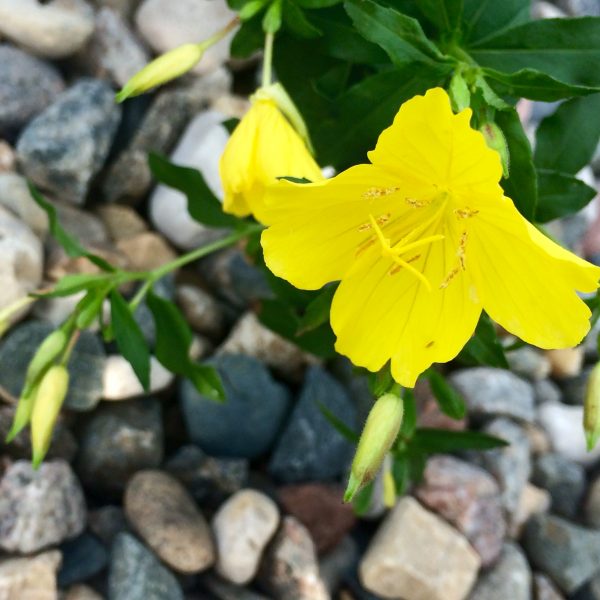Observing cervical mucus (CM) is an efficient, easy, fast, and free way to detect your fertile window each menstrual cycle. Yes, this does require you to investigate the wetness “down there”. While this is one of the rather awkward aspects of fertility health to talk about, when trying to conceive, CM production, or lack-thereof, can tell you a lot about your fertility.
The cervix produces different types of mucus or fluid depending on where a woman is at in her menstrual cycle. Just after menstruation, this fluid is thick and acidic and referred to as infertile CM that is designed to prevent sperm from entering the vagina. When a woman is about to ovulate, her CM should increase in amount and change in texture from “wet” to a more pliable, stretchy, egg-white like mucus. This fertile CM is higher in water and electrolytes and has a lower acidity than infertile CM. Fertile CM is necessary for nourishing sperm and protecting them as they travel to fertilize an egg.
Cervical mucus changes throughout the menstrual cycle are fueled by the fluctuation in circulating estrogen within the body. Women who have hormonal imbalance may in turn have poor CM production or CM that is too thick for sperm to travel through.
Three areas a woman can focus on to help promote healthy cervical mucus production each cycle are:
- Promoting healthy estrogen levels and overall hormonal balance with herbs
- Increasing essential fatty acid (EFA) consumption
- Demulcent and bitter herbs to support mucous membrane function
There are many herbs and nutritional supplements that are very supportive of healthy CM production. The great part is that many have more than just one fertility health benefit.
Three Ways to Remedy Low CM Production with Herbs
1. Omega 6 EFAs
The omega 6 EFAs Linoleic Acid (LA) and Gamma Linolenic Acid (GLA) are both known to contract and relax smooth muscle, as well as to help control prostaglandin production to help regulate hormones and control healthy cell growth. The cells that line the cervical canal produce mucus.
Evening Primrose Oil
Oenothera biennis
2. Demulcents
Demulcent herbs contain mucilage which protects, soothes, and heals mucous membranes.
Shatavari root(Asparagus racemosus):
Licorice root (Glycyrrhiza glabra): One of the most common herbs in the U.S., Licorice rt. is demulcent, emollient (hydrating), and nutritious for mucous membranes which enhances their function. Licorice root supports healthy endocrine system and adrenal gland function, both necessary for hormonal balance. It is also known to be helpful for PMS because of its ability to impact hormone balance.
Red Clover aerial parts/blossom (Trifolium pratense): Red clover enhances circulation to the reproductive organs and is a nourishing herb. Red Clover has been shown to relieve vaginal dryness as a result of its phytoestrogenic activity and supports acid/alkaline balance in the vagina and uterus.
3. Bitters
Bitter herbs also increase circulation and stimulate the secretions of mucous membranes throughout the body.
Dandelion leaf and root(Taraxacum officinale):
Oregon Grape root (Mahonia aquifolium, nervosa): This root is a bitter that is highly supportive of liver function, hormone production, digestion and useful for menstrual cycle irregularities.
Sarsaparilla root (Smilax medica): Sarsaparilla is a bitter adaptogen, supportive of hormone production (testosterone and progesterone) production, and also reported to be useful in cases of cervical erosion or “ectropion“. Cervical erosion is a benign condition where the cells lining the cervical canal appear red, may bleed, causing spotting, or impact CM production. Cervical erosion impacts women in their fertile years and can be caused by cervical trauma or multiple births, use of oral birth control and intrauterine contraceptive devices (IUD), infections, tampon use and hormonal imbalance.
Additional Considerations to Help Improve Cervical Mucus Production
Be sure to drink lots of water every day because CM is 90% water. Sperm-friendly lubricants can also be used until adequate CM is being made by the body.
Don’t be afraid to ask your questions about CM below in the comments feature of this article. Give yourself a “stage name” if you wish. Like I said, I know it’s awkward to talk about, but you can ask our team and we’ll get you the answers.
- Alfs, M. (2003). Materia Medica. In 300 herbs: Their indications & contraindications, a materia medica & repertory, with insights from American Eclectic Medicine, Physio-medicalism, Thomsonianism, Appalachian Folk-Herbalism, Native-American plant medicine, Curanderismo, modern Western phyto (p. 95). New Brighton, MN: Old Theology Book House.
- Barton-Schuster, D. (n.d.). Shatavari: Fertility Herb from India. Retrieved from: http://natural-fertility-info.com/shatavari-fertility.html
- Cervical Cancer. (n.d.). Retrieved from: https://www.jostrust.org.uk/about-cervical-cancer
- Healy N.D., H. (2008). Personal Communication.
- Mills, S., & Bone, K. (2000). Herbal approaches to systemic dysfunctions. In Principles and practice of phytotherapy: Modern herbal medicine (p. 242). Edinburgh: Churchill Livingstone.
- Klein, K. O., Janfaza, M., Wong, J. A., & Chang, R. J. (2003). Estrogen Bioactivity in Fo-Ti and Other Herbs Used for Their Estrogen-Like Effects as Determined by a Recombinant Cell Bioassay. The Journal of Clinical Endocrinology & Metabolism, 88(9), 4077-4079. doi:10.1210/jc.2003-030349 Retrieved from: https://academic.oup.com/jcem/article/88/9/4077/2845682
- Rodriguez, H. (n.d.). Increase Cervical Mucous to Get Pregnant. Retrieved from: http://natural-fertility-info.com/5-natural-ways-to-increase-your-cervical-mucous.html
- Weed, S. (1985). “Before Pregnancy: Fertility promoters”. Wise woman herbal for the childbearing year (p. 2). Woodstock, New York: Ash Tree Pub.





